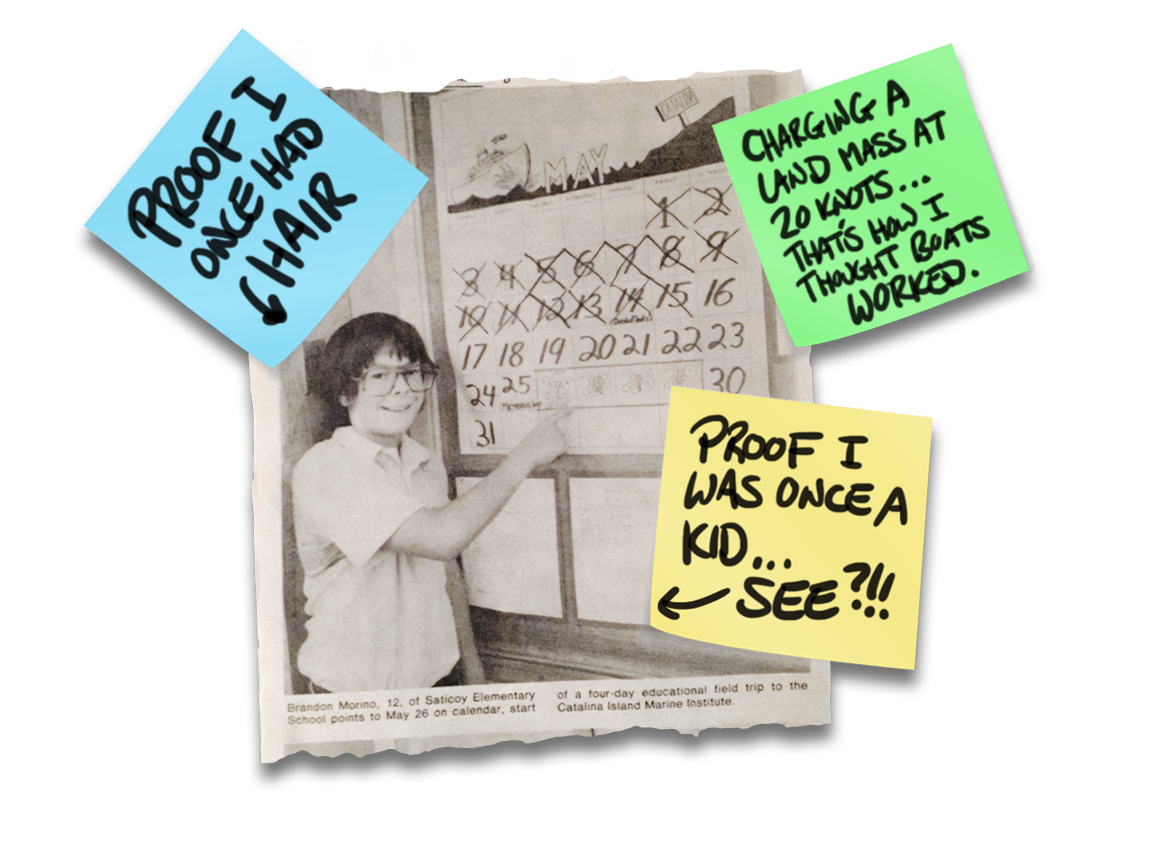Most art schools, and most businesses in general, tend to begin with the "what". What are they? What do they do? This is best visualized by author Simon Sinek's "Golden Circle" (see below), where the red arrow illustrates the direction in which the vast majority of art schools approach engagement with the public: They are an art school; they offer classes in the arts; people, like you, need more art in their life. Effective enough, but not particularly engaging, for the "why" is both last in line, and relatively weak in impact.
However, the BACCO reverses that approach (the green arrow). We begin with the "WHY":
WHY: Most art schools that feature a varied curriculum tend to dismiss cartooning as a lower tier of art -- a "cute hobby" -- which exists on their curriculum solely to offer something for the kids, ancillary income as the parents are the main focus. This denies the cartooning student of a quality cartooning experience as attention and resources are directed towards more traditional offerings.
HOW: The BACCO only does cartooning, and thus can focus every inch and ounce of effort in creating the best cartooning experience for the students. No adjacent classrooms asking us to be more quiet. No Administrators disconnected from the craft. No rules better suited for the corporate world. This is a Cartooning class in its purest form.
WHAT: BACCO classes offer involving, non-competitive lesson which connect with students using examples they can relate to, where imagination and creativity are as important as, and work alongside, the student's growing technical skills. No student is better than the other, so to speak, since it is taught early on that every student has unique paths to success. The best artist isn't always the best cartoonist... one glimpse at some of the most popular newspaper comic strips in history is proof of that statement.
As stated by Simon Sinek: "People don't buy what you do, they buy WHY you do it". Being a cartooning instructor at an art school for six years, I know what it feels like to be marginalized. To not be considered a "real artist". Considering the earliest forms of art, such as cave drawing, were basically cartoons, I've always found such a diss mildly amusing.





